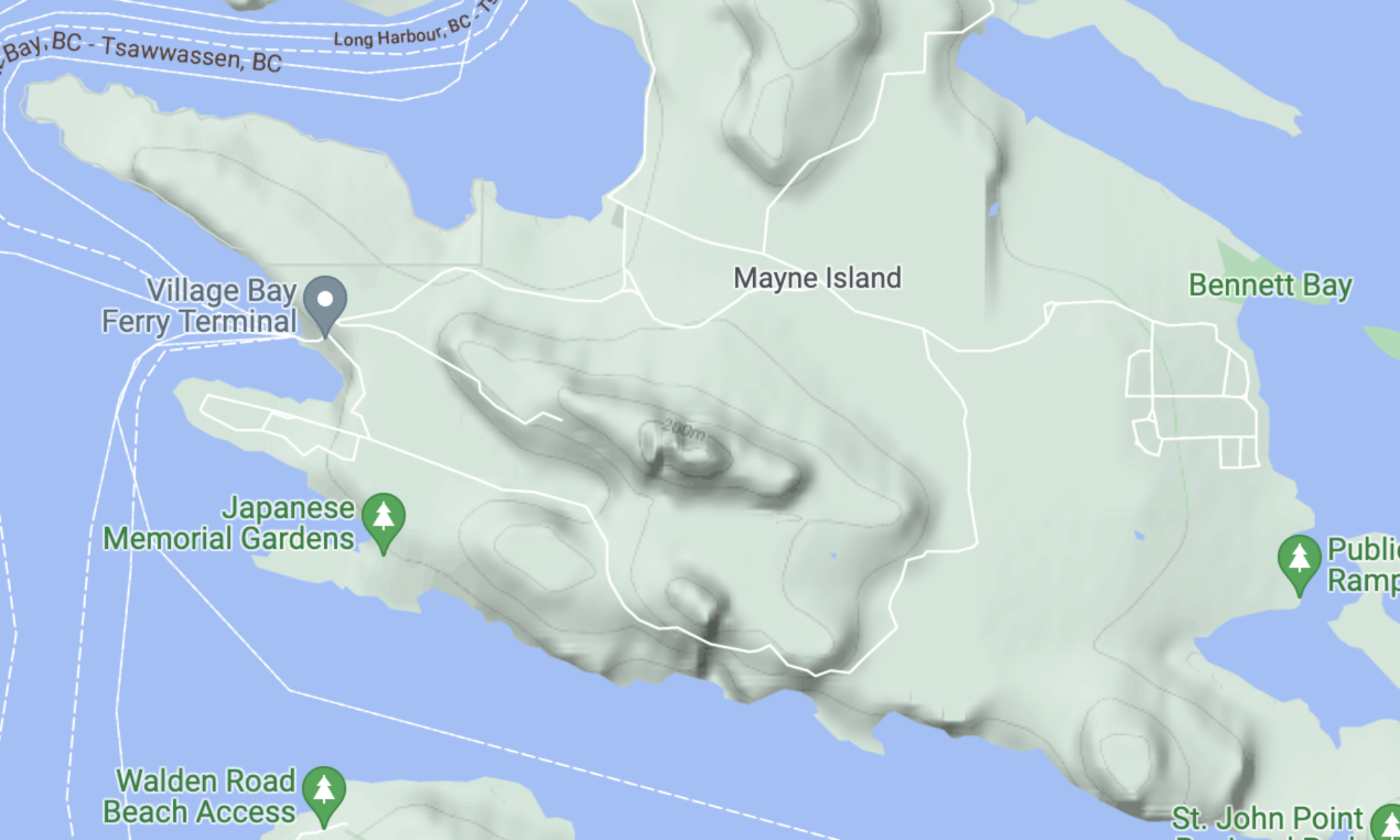Deer, moose, elk, and bighorn sheep have a widespread distribution across British Columbia, providing significant public recreational opportunities and aesthetic enjoyment to BC residents. However, excellent habitat in residential areas and protection from hunters and predators has encouraged some ungulate populations to become urban dwellers. Increasing numbers of ungulates (primarily deer) living in urban areas has led to increased conflict with the human residents of those areas.
Conflicts between urban ungulates and municipal residents include damage to gardens and landscaping, high rates of ungulate vehicle collisions, aggressive behaviour towards humans, and potential transmission of disease from ungulates to humans and livestock. Across Canada, there are only a few cities where active urban ungulate management has been implemented. In 2004, Magrath, Alberta carried out a controlled hunt in the rural areas adjacent to the town to reduce the resident deer population. Winnipeg, Manitoba carried out a deer capture and relocation project in 1985, and Ottawa, Ontario implemented a deer vehicle collision public awareness campaign in 2006.
In BC, although moose and bighorn sheep cause occasional seasonal management issues, deer are the major urban ungulate management challenge. The municipalities with the greatest challenges are Princeton, Kimberley and Grand Forks. Princeton and Kimberley have resident populations of mule deer and aggressive incidents are becoming more frequent. Grand Forks has white-tailed deer, but no aggressive incidents have been noted to date. Meetings have been held with municipal governments in all three communities, and Kimberley has implemented a bylaw prohibiting deer feeding.
Urban ungulate populations are challenging to manage for biological, jurisdictional and social reasons. Deer are very adaptable to human altered environments, and thrive in urban areas. The overlapping roles and responsibilities of the municipal and provincial governments complicate management decisions. Further, the wide range of public opinion on the most appropriate management interventions presents a huge challenge, as the diversity of often opposing opinions makes for a controversial management project.
Many communities in the United States (where urban deer management has a longer history than in Canada), are undertaking community based, co-management processes, which are usually perceived to be more appropriate, efficient and equitable than traditional authoritative wildlife management approaches. Although these processes may take more time, they can result in greater stakeholder participation and satisfaction with urban wildlife management.
Urban ungulate management strategies should be focused on the reduction of conflicts and management of populations to an acceptable level, not the complete elimination of the conflict or herd. A comprehensive and integrated plan that incorporates aspects of many options is required to achieve the project objectives. Short term strategies may provide relief from symptoms, while long term plans address population levels. Provincial and community resources plus property owner cooperation are needed to achieve measurable results.
Management options fall into four categories: conflict reduction, population reduction, fertility control, and administrative options. Conflict reduction options keep ungulates away from susceptible properties, minimize the damage that is sustained if animals do enter property and reduce human/ungulate conflict. Landscape design, careful plant selection, taking preventative measures early before patterns of behaviour are established, and using repellents and scaring devices can reduce, but not eliminate, ungulate damage. Fencing is the only viable option when damage cannot be tolerated.
Population reduction programs are ongoing activities, with an initial reduction phase, when a significant proportion of the population is removed at one time, and a maintenance phase, occurring after ungulate densities are reduced and when fewer individuals are removed. Community specific management decisions have to factor in the number of animals to be removed and at what intervals, the potential for increased reproductive productivity, and possible increased immigration due to less competition for habitat and resources. Capture and relocation of deer has not often been implemented across Canada and the United States due to concerns about animal mortality post release, however, in localized areas, and under special circumstances, it may be appropriate. Sharpshooting, capture and euthanization, and controlled public hunting have all been used in the United States to reduce ungulate populations.
Fertility control options are extremely limited because no fertility control drugs are approved for general use in ungulate populations in Canada, and only one drug is approved for use in the United States. Immunocontraceptive vaccines are the most promising fertility control method and have been approved for experimental research purposes. Ongoing, long-term research reporting on the efficacy of these drugs to reduce populations and maintain them at low enough levels to keep ungulate damage at acceptable levels is just starting to emerge. For the near future, most researchers suggest that populations be lowered using lethal control, and then, when proven practical, population levels can be maintained using fertility control.
Administrative options such as amending municipal bylaws and provincial regulations to permit lethal control options need to be implemented, and public education and formal project monitoring need to be ongoing before, during and after any management interventions.
When complaints caused by overabundant ungulates are increasing in numbers and severity, then conflict reduction options such as fencing, repellents, and aversive conditioning will not significantly reduce the numbers of complaints. Population reduction is needed to reduce the damage caused by overabundant ungulates. Once the population numbers are lowered, then damage is easier to manage with conflict reduction techniques. The method of population reduction and how often it needs to be carried out is dependent on the site specific circumstances in each community.
Read the complete document here (PDF):
British Columbia Urban Ungulate Conflict Analysis (7.1 MB)
